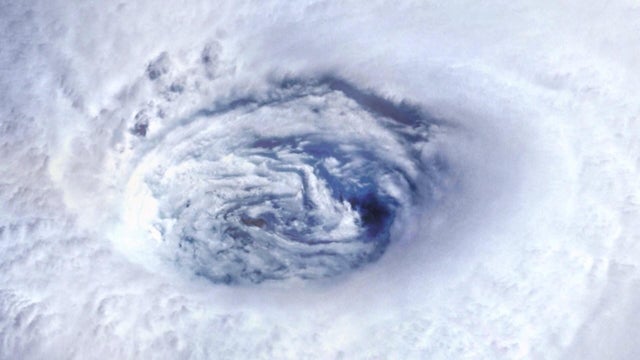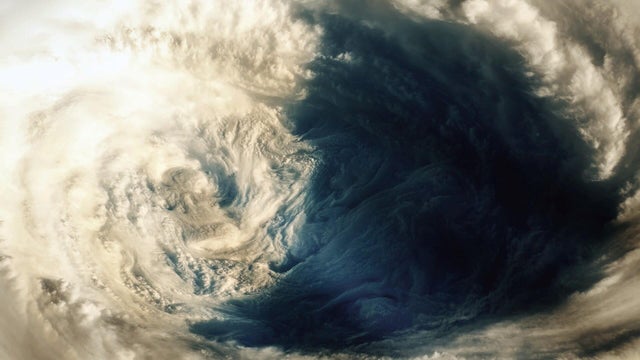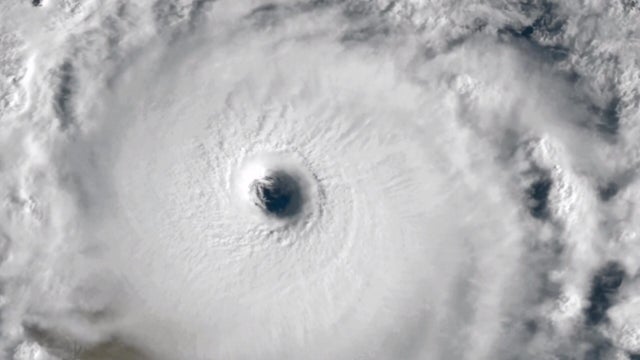Hurricane eyes and eye walls | Hey Ray
As it gets later in the summer, the questions about hurricanes increase. Rightfully so, because that means it is getting closer to peak hurricane season. This time, we have a great hurricane question from Jim.
He asks: Hey Ray, how does the eye form in a hurricane, and what are the ingredients of a defined 'eye wall '?
First, let's define what a hurricane's eye is.
The eye is simply the hurricane's center. It is known to be relatively calm and clear. Hurricane eyes are typically about twenty to forty miles in diameter. It is weird to think that such a damaging, powerful storm has a center that is calm and clear.
So why is that?
The National Weather Service says, "The cause of eye formation is still not fully understood, but it is probably related to the combination of the conservation of angular momentum and centrifugal force."
The conservation of angular momentum means that objects will spin faster as they move toward the center of circulation. In other words, air increases its speed as it heads toward the center of the tropical cyclone.
However, as the speed increases, an outward-directed force, called the centrifugal force, occurs because the wind's momentum directs the wind in a straight line. This straight-line momentum leads to an outward pull against the curve of the wind moving around the center of the tropical cyclone.
This makes for a clear and calmer center.
The weird thing about hurricanes is that the calmest part of the storm is right next to the most intense part of the storm, the "eye wall."
You heard that right.
The calmest part of a hurricane is right next to the strongest winds in the hurricane, which occur in the eye wall.
This is where tall thunderstorms form and push out those strong winds and intense rainfall.
According to Dr. Gerald Heymsfield, Research Meteorologist Emeritus from NASA's Goddard Space Flight Center, through a process known as latent heating, clouds develop, and the resulting convection heats the atmosphere, carrying the warm air to higher levels.
This acts like a feedback system that intensifies the hurricane.
So there you have it, one of nature's meanest storms is calm and measured on the inside.





